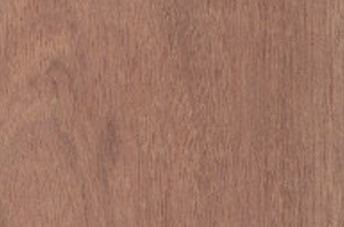Sapele, also called Sapelli and Sapeli(scientific name: Entandrophragmacylindricum), has a heartwood of golden to dark red-brown. Its texture is fine and uniform, luster is good and grain is interlocked, occasionally wavy.
Quarter cut/sawn wood shows a common ribbon pattern. Other grain patterns that can be seen are pommelS, quilted, mottled, wavy, beeswing, and fiddleback.
Sapele is commonly found in tropical Africa. It ranges from moderate to very durable for decay resistance, and is moderately resistant to insect attack.
Janka Hardness :
6,280 N(1,410 lbf)
Average Dried Weight :
670 kg/m3(42 lbs/ft3)
Workability :
Interlocked grain makes it difficult to work within machining operations such as planning and routing, and makes it prone to tear-out. It has a slight blunting effect on cutting tools. Direct contact with the iron causes discoloration and staining. It is good with glues and finishes well.




